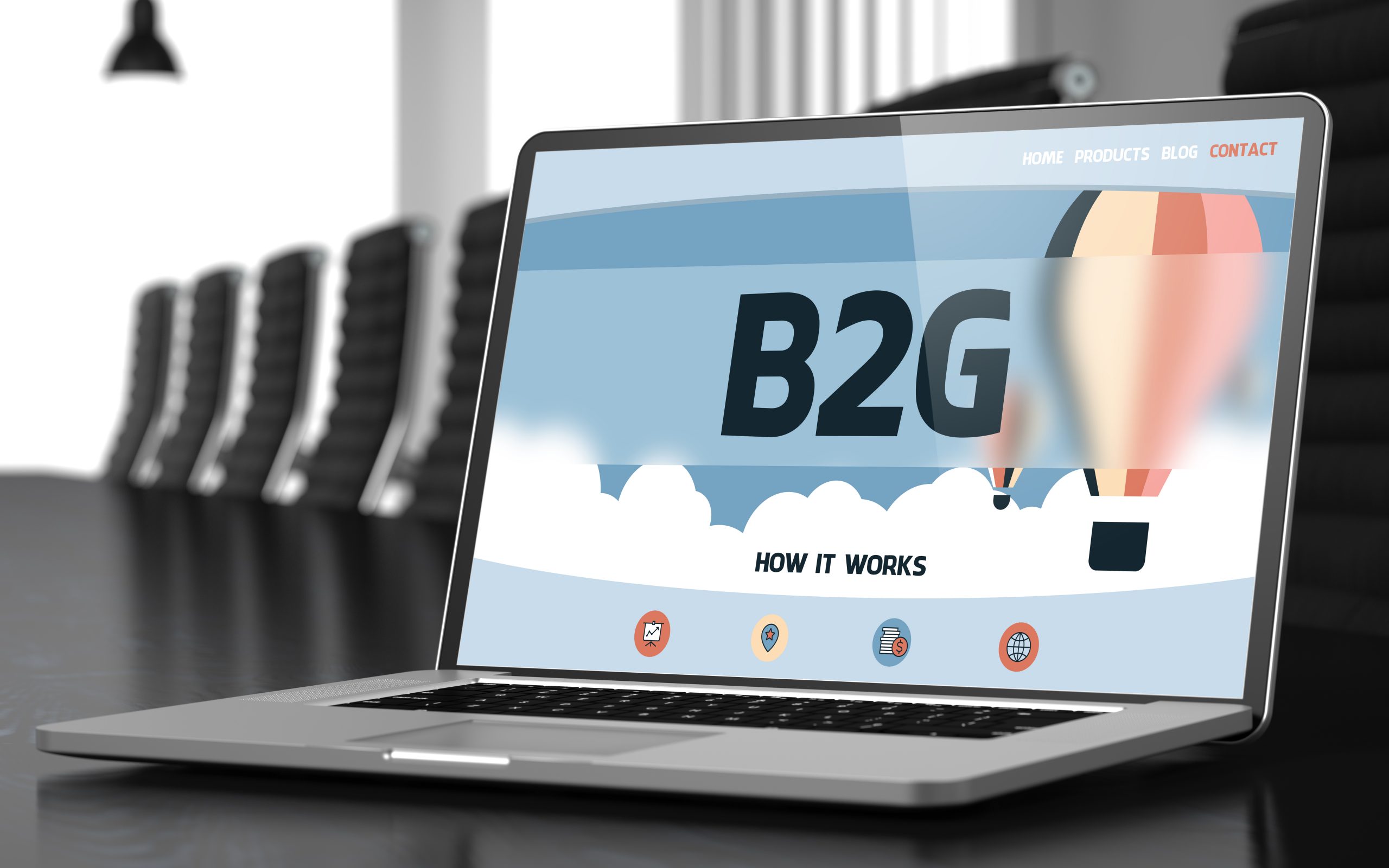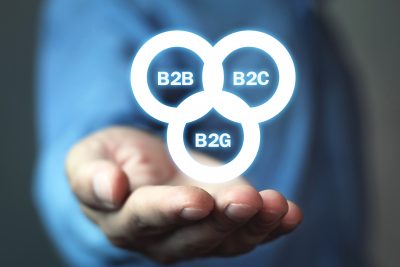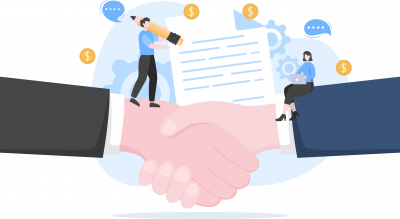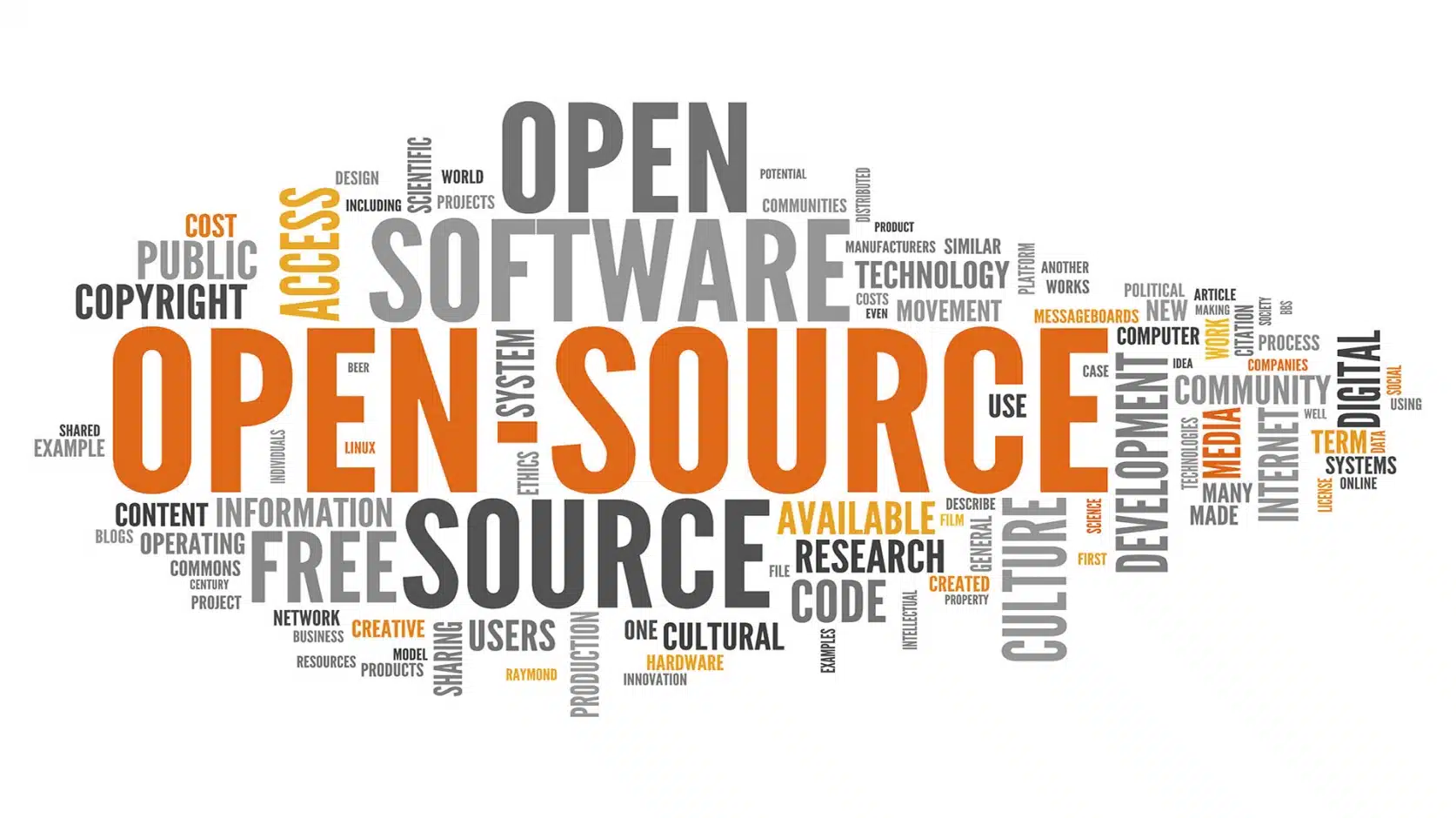
Chances are, you’ve heard of B2B – business-to-business – and B2C – business-to-consumer. But what about B2G?
What is B2G?
In general, B2-whatever refers to an e-commerce business model. Businesses that are selling products and services to other businesses have different ways of doing so compared with businesses that are selling products and services directly to consumers. The way they approach potential customers is different. The way they are paid is different. And so on.
The same is true for B2G, or business-to-government. Businesses that are selling products and services to the government – whether it’s local, state, federal, or international – have different methodologies than businesses that are selling products and services to other businesses.
That’s because governments typically have laws and stringent procedures around procurement, or how the government can decide to purchase, and pay for, those products and services.
Here’s how B2G marketing is different:
- Governments typically use taxpayer money and want to demonstrate that they are good financial stewards of that responsibility.
- Governments may be required by law to accept the lowest-cost provider of the product or service.
- Government projects can be very big, requiring the ability to handle millions of records and allowing for many possibilities. At the same time, there are only so many governments, so only so many potential clients to approach.
- Governments don’t want to show favoritism to one business over another (though, conversely, they sometimes want to favor certain categories of business, such as small businesses, local businesses, or businesses run by traditionally disadvantaged groups such as women or racial minorities).
- Governments maintain data about many individuals and other businesses, and so want to ensure that the data is protected from other people, businesses, and even other governments. Consequently, some employees of businesses that work with the government may require certain kinds of security clearances, and the products may have more stringent security requirements.
What is B2G marketing?
When a government wants to acquire a product or service, it typically first researches the field by issuing a Request for Information (RFI), which is just what it sounds like. The government is asking businesses that might be able to supply that product or service for information about what they offer that could meet the government’s needs.
Based on the information from the RFI, the government can then issue a Request for Proposal (RFP), which is how the government actually purchases the product or service. The solicitation clearly describes exactly what the government is looking to purchase, how it will decide which vendor to purchase from, and how it will pay for the product or service.
Businesses that think they are capable of providing the product or service respond to the RFP, describing the product or service they have, what their experience is in providing similar products or services to other companies or governments, and how much the business will charge for the product or service.
Government employees that specialize in buying products and services then look at the responses and, using the criteria in the RFP, decide which vendor to use.
Alternatively, a government may have a pre-negotiated contract called a tender, businesses bid on the tenders, and the government accepts one (or more) of the bids.
How does B2G differ from B2B?

Now, a business that isn’t the government can follow this type of procedure as well, and some do. The advantage of such a meticulous process is that it can reduce favoritism and ensure that the business knows what problem it’s actually trying to solve before purchasing the product or service.
The disadvantage is that the government purchasing process can take a long time, and cost a lot of money, for both the businesses and the governments. Government employees have to write RFIs and RFPs, study the responses they get, and, often, justify their decisions to taxpayers, legislators, or other government employees. The federal government, for example, has an entire agency, the General Services Administration (GSA), which does nothing but keep track of the $18.2 billion and $42.6 billion per day that the federal government spends, according to Investopedia.
Businesses often need to go through a registration process or be listed in a directory just to be able to apply for government contracts, and it can take a month to be processed and accepted. “Before obtaining business contracts at a federal level, you might need to get your North American Industry Classification System (NAIC) code and the Federal Supply Classification (FSC) code,” explains GISUser. “Moreover, you might be required to secure a Data Universal Numbering System (DUNS) number used like your Social Security Number. Lastly, you should also register in the System for Award Management (SAM) if you want to be awarded contracts from federal military or civilian agencies.” State governments have their own registration requirements, GISUser adds.
Then the businesses need to keep track of which governments are issuing RFIs and RFPs (there are websites to help) and respond to them, before they even get any money. And the RFP process can take years, during which time a company might go out of business, new legislators or government employees might decide they want to take a different approach, or the technology might have moved on. That’s how you end up with $37 screws, a $7,622 coffee maker, and $640 toilet seats.
Businesses that are looking to buy a product or service can decide much more quickly than a government can – but the decisions might not be as carefully made. That’s how you end up with decisions based on who the CEO plays golf with, where one of their relatives works, or what they can get for free, even though supporting the “free” product will cost more in the long run.
Getting started in B2G
 Particularly in smaller local governments, it’s possible to get involved with B2G more easily. Cities, for example, may have “sheltered market programs” intended to help support businesses based in that city, according to Dreamit Ventures. It’s also important to look at cities that are supportive of tech, and get to know people in city government, the company added, because cities may be willing to start with term or pilot contracts.
Particularly in smaller local governments, it’s possible to get involved with B2G more easily. Cities, for example, may have “sheltered market programs” intended to help support businesses based in that city, according to Dreamit Ventures. It’s also important to look at cities that are supportive of tech, and get to know people in city government, the company added, because cities may be willing to start with term or pilot contracts.
“Early stage startups can prove their products work with term contracts for specific government agencies,” the organization writes. “State and local governments have discretionary spending budgets and can be nimbler with small-scale contracts than large roll-outs. If your startup can prove itself with a term contract, you can later expand the relationship and have data (and relationships) to win an RFP process. If you’re proposing new tech, pilots are a real option. Pilots may be paid or unpaid. If you’re proposing a $20k-$50k level project, it is much more possible under discretionary spending to get a paid pilot. In smaller cities, the upper limit on discretionary spending might be more like $10k and could be spread out over a couple of years.”
Another possibility for small businesses getting started in B2G marketing is to partner with a more established business, according to The SMB Guide. Education and thought leadership in websites and social media such as LinkedIn can also be helpful in gaining visibility.
While the process may be arduous, government contracts can be lucrative and long-lasting, and governments buy products and services year-round, during good times and bad. In fact, as we’ve seen in the past year, a government might spend more money during bad times, to help stimulate the economy. So, a business that makes the investment in working with government clients can become successful.





